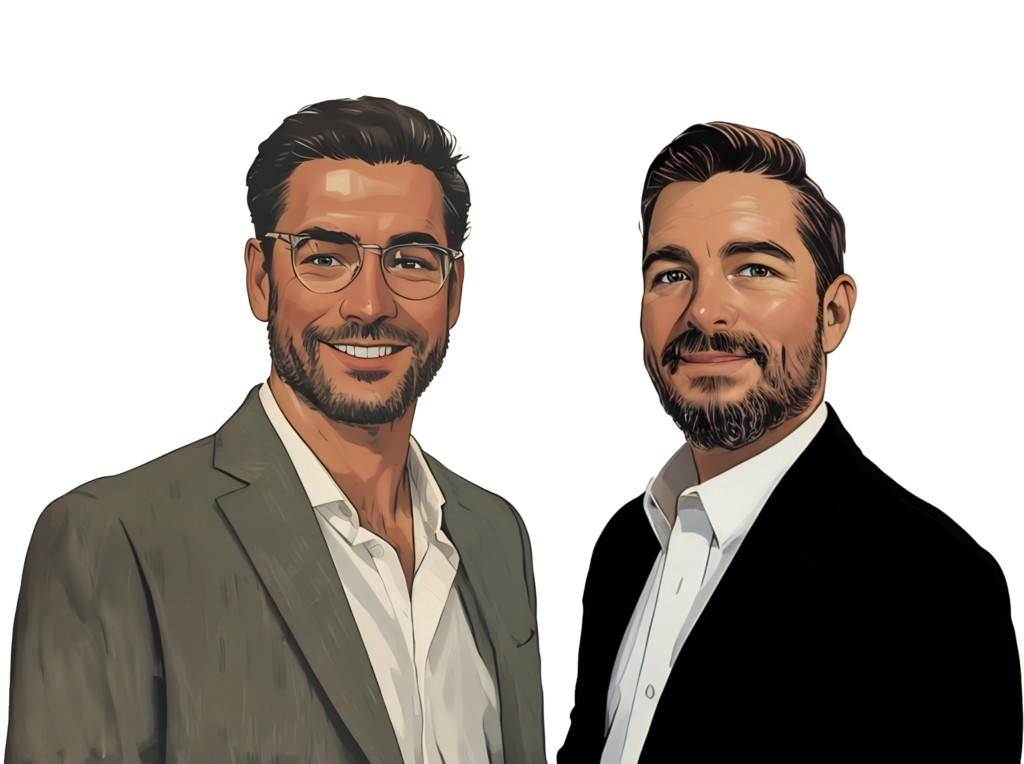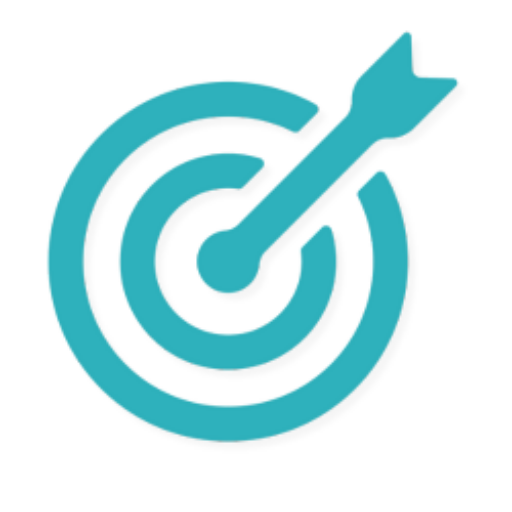The Interview Anxiety Elimination Technique Used by Professional Athletes
Your heart races. Your palms sweat. Your mind goes blank at the exact moment you need to be at your sharpest.
Sound familiar? You’re experiencing interview anxiety—and you’re not alone. Studies show that 92% of Americans fear at least one aspect of the interview process, with many reporting physical symptoms that actively hinder their performance.
But what if you could transform that anxiety into your competitive advantage?
Elite athletes face similar high-pressure situations where performance anxiety could derail years of preparation. Yet they consistently deliver under extreme pressure—not because they don’t feel anxiety, but because they’ve mastered techniques to channel it productively.
In this guide, we’ll reveal the powerful mental technique used by Olympic athletes, professional sports stars, and top performers that you can apply directly to your interview process. This approach doesn’t just mask anxiety—it transforms it into the energy you need to stand out from other candidates.
☑️ Key Takeaways
- The Interview Anxiety Elimination Technique rewires your brain’s stress response using a simple but powerful mental shift.
- Instead of trying to “calm down,” reframe anxiety as excitement, which improves performance and confidence.
- This cognitive trick is backed by research, showing that mindset shifts affect body language, tone, and delivery.
- Practicing the reframe before your interview helps train your brain to respond with energy instead of fear.
Why Traditional Interview Anxiety Advice Falls Short
You’ve probably heard the standard advice: take deep breaths, prepare thoroughly, get enough sleep, practice power poses. While these strategies have some merit, they address only the symptoms of anxiety rather than transforming its fundamental nature.
The problem with traditional advice is that it treats anxiety as something to be eliminated or suppressed. But from a neurological perspective, that’s fighting an uphill battle. The brain’s anxious response—increased heart rate, heightened alertness, and energy surge—is actually a preparation mechanism designed to help you perform.
As we explained in our article on interview psychology, the mind-body connection profoundly impacts how you communicate in high-stakes situations. Standard calming techniques often send mixed signals: your conscious mind is saying “relax” while your body is gearing up for action.
This is where the athlete’s approach differs significantly. Professional athletes don’t try to eliminate pre-performance anxiety—they recognize it as useful energy that simply needs direction.
Job Interview Questions & Answers Cheat Sheet
Word-for-word answers to the top 25 interview questions of 2025.
We put together a FREE CHEAT SHEET of answers specifically designed to work in 2025.
Get our free 2025 Job Interview Questions & Answers Cheat Sheet now:
The Athlete’s Mindset: Reframing Anxiety as Energy
The core technique used by elite performers isn’t about calming down—it’s about reframing.
Olympic gold medalist Michael Johnson described his pre-race jitters not as fear but as “readiness”—a physical manifestation of his body preparing to perform at its peak. NBA star Kobe Bryant famously viewed his pre-game butterflies as “excitement” rather than anxiety.
The science behind this reframing is compelling. Research published in the Journal of Experimental Psychology found that simply relabeling anxiety as excitement improved performance in public speaking by 30%, without changing the physiological state at all. The only difference was the participant’s mental interpretation of what those physical sensations meant.
In interviews, this distinction is crucial. The same physiological response that makes your heart race can either:
- Be interpreted as debilitating anxiety that signals potential failure
- Or be reframed as healthy activation energy preparing you to communicate with engagement and enthusiasm
The key mindset shift is this: “I’m not nervous about this interview—I’m energized for it.”
The Three-Step Anxiety Reframing Process
Here’s the practical process used by professional athletes that you can apply to your interview preparation:
Step 1: Acknowledge
Start by acknowledging the physical sensations without judgment. Notice your racing heart, the butterflies in your stomach, or the tension in your shoulders. Say to yourself: “I notice my heart is beating faster” rather than “I’m so nervous I can’t think straight.”
This acknowledgment, without negative interpretation, creates space between you and the sensations. You’re experiencing them, but they don’t define you or predict your performance.
Professional athletes routinely do a “body scan” before competition, noting physical sensations without labeling them as problematic.
Step 2: Reinterpret
Next, consciously reinterpret these sensations as performance enhancers:
- “My increased heart rate is delivering more oxygen to my brain, helping me think faster.”
- “The energy I feel is my body mobilizing resources to help me communicate effectively.”
- “These sensations mean I care about this opportunity—they show I’m invested in success.”
This isn’t positive thinking or denial—it’s an accurate reframing of the biological purpose of these sensations, which is to prepare you for optimum performance.
Step 3: Redirect
Finally, channel this newly labeled energy toward interview behaviors that will serve you:
- Direct it toward active listening
- Use it to power your engagement and enthusiasm
- Channel it into articulating your stories with confidence and clarity
Using our interview answer templates can provide structure that makes redirecting this energy easier, giving you proven frameworks to funnel your enthusiasm into effective responses.
Interview Guys Tip: Practice this reframing process before lower-stakes situations like phone calls with friends or small work presentations. Building the neural pathways in advance makes the technique more accessible when you really need it.
Interview Oracle: This Tool Predicts What Questions You’ll Be Asked In Your Interview!
Most candidates walk into interviews blind. This AI predictor analyzes job descriptions to reveal the exact behavioral and technical questions you’ll likely face – giving you the unfair advantage of knowing what’s coming.
Interview Oracle
Loading AI interview predictor…
Pre-Interview Mental Routine
Professional athletes don’t leave their mental state to chance before important competitions. They follow carefully crafted routines that prime them for peak performance. Here’s how to develop your own:
Night Before
- Review your preparation materials one final time
- Write down three specific achievements you’re proud of
- Set out everything you’ll need for the interview
- Implement a “worry window”—10 minutes of allowed anxiety followed by a mental “closing” of concerns for the night
- Visualize a successful interview experience before sleep
Morning Of
- Maintain physical movement—a walk or light exercise activates your body appropriately
- Use motivational input that works for you (music, video, or reading)
- Eat a balanced meal that provides steady energy
- Perform a “mental rehearsal” of your first few minutes in the interview
15 Minutes Before
- Use the Olympic Countdown: 5 minutes of light physical activity (walking, stretches), 5 minutes of mental rehearsal, 5 minutes of motivational input
- Practice the specific visualization technique used by gold medalist skier Lindsey Vonn: See yourself entering the interview room with confidence, speaking clearly, and connecting naturally with the interviewer
- Repeat your personal reframing statement: “This energy is helping me perform at my best”
Interview Day Implementation
Even with thorough preparation, anxiety can spike at key moments during the interview process. Here’s how to implement the reframing technique at these critical junctures:
Critical Trigger Points
- The waiting room before you’re called in
- The first handshake and introduction
- The moment you’re asked a difficult question
- When you feel yourself being evaluated
At each of these moments, quickly implement the three steps: acknowledge the sensation, reinterpret it as performance energy, and redirect it toward your next action.
Recovery Strategy
If anxiety momentarily overwhelms you during the interview, use this quick reset strategy from professional tennis:
- Take a definitive action (straighten your posture or take a sip of water)
- Use a single deep breath as a pattern interrupt
- Mentally say your anchor phrase: “This energy helps me communicate my value”
- Return to the conversation with renewed focus
Remember that having prepared examples and stories ready in advance provides security that counterbalances anxiety. When you know exactly how you’ll structure your responses using frameworks like STAR or CAO, you can direct your energy toward delivery rather than content creation in the moment.
Conclusion: Your Anxiety Reframing Action Plan
The technique used by professional athletes to transform anxiety into performance energy can be your secret weapon in interviews. To implement it effectively:
- Practice the three-step process daily: Acknowledge, Reinterpret, Redirect
- Develop your personal pre-interview routine: Night before, morning of, minutes before
- Prepare your trigger point strategy: Identify your anxiety spikes and plan your response
- Create your recovery mechanism: Know how to reset if anxiety temporarily takes over
- Use structured frameworks for your answers to provide security
The difference between candidates who crack under pressure and those who shine isn’t the absence of anxiety—it’s the interpretation and channeling of that powerful energy.
Elite athletes have proven that anxiety and peak performance aren’t mutually exclusive. By adopting their mental techniques, you can transform interview nerves from your biggest weakness into your competitive edge.
Your body is giving you exactly the energy you need to succeed. Now you know how to use it.
Job Interview Questions & Answers Cheat Sheet
Word-for-word answers to the top 25 interview questions of 2025.
We put together a FREE CHEAT SHEET of answers specifically designed to work in 2025.
Get our free 2025 Job Interview Questions & Answers Cheat Sheet now:

BY THE INTERVIEW GUYS (JEFF GILLIS & MIKE SIMPSON)
Mike Simpson: The authoritative voice on job interviews and careers, providing practical advice to job seekers around the world for over 12 years.
Jeff Gillis: The technical expert behind The Interview Guys, developing innovative tools and conducting deep research on hiring trends and the job market as a whole.
